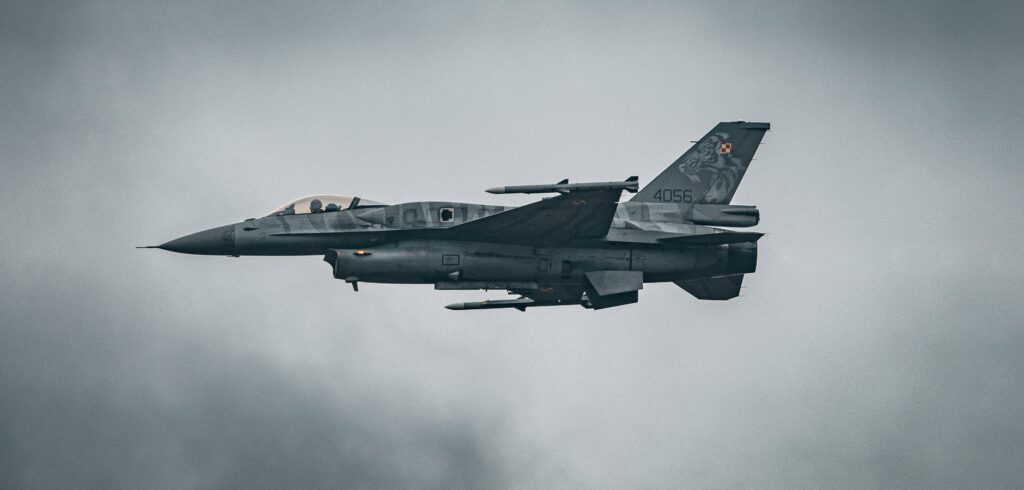India’s AMCA Fighter Jet Engine Challenge: Rolls-Royce or Safran?
India’s got this big dream—building its own fifth-gen stealth fighter, the AMCA. But here’s the catch: the engine. Right now, we’re stuck between two giants—Rolls-Royce from the UK and Safran from France. And honestly, this isn’t just about picking a partner. It’s about whether India can finally crack the code on jet engines and stop relying on others. Let me break it down for you.
1. The AMCA Program: India’s 5th-Gen Fighter Jet Ambition
1.1 What’s the AMCA All About?
Picture this: a stealthy, radar-evading beast of a jet that can go toe-to-toe with the likes of the F-35. That’s the AMCA. DRDO and HAL are leading the charge, aiming for a prototype by 2025-26. But prototypes are one thing—making it actually work is another ball game.
1.2 Why We Need Our Own Engine
Here’s the thing—right now, our jets run on foreign engines. The Tejas? American GE engines. The Sukhois? Russian. That means if someone decides to cut us off, we’re grounded. And let’s not even talk about the costs. Building our own engine isn’t just about pride—it’s about not getting screwed over.
2. The Big Choice: Rolls-Royce or Safran?
2.1 Rolls-Royce: The British Option
These guys know their stuff—they make the EJ200 for Eurofighters. Plus, we’ve worked with them before on the Hawk trainers. But here’s the kicker: the UK is tight-fisted with tech transfers. And you know how it is—everything British comes with a hefty price tag.
2.2 Safran: The French Connection
Remember how smooth the Rafale deal was? That’s Safran for you. They’re offering to help revive our old Kaveri engine project—which, let’s be honest, was a bit of a flop. But the French are easier to work with. The catch? They might not hand over all the secret sauce.
3. The Self-Reliance Push
3.1 DRDO’s Rocky Road with Engines
The Kaveri engine was supposed to be our big moment. Started in 1989, shelved by 2014—it just couldn’t deliver the thrust we needed. But we learned a ton. Now, with some foreign help, maybe we can finally get it right.
3.2 Make in India—For Real This Time?
We keep hearing about “Atmanirbhar Bharat,” but let’s face it—60% of our defense gear is still imported. If we’re serious about self-reliance, the AMCA engine is where we put our money where our mouth is.
4. So Who’s the Better Partner?
4.1 Tech Transfer Tug-of-War
Rolls-Royce says “joint development.” Safran says “co-production.” What we want? Full tech transfer. But neither is likely to give us everything. It’s like trying to get your grandma’s secret recipe—she’ll give you some, but not all.
4.2 The Geopolitics Angle
Post-Brexit, the UK is desperate for friends. France? They’re reliable, but they’ll want something in return—probably more Rafales or something. It’s all about leverage.
5. The Hurdles Ahead
5.1 The Technical Nightmares
Single-crystal turbine blades. High-thrust cooling systems. Sounds fancy, right? It’s also ridiculously hard to make. DRDO’s got gaps—especially in metallurgy and testing. Without fixing those, we’re just spinning our wheels.
5.2 The Bureaucratic Quicksand
Let’s be real—our defense projects move at the speed of a sleepy tortoise. The Tejas took decades. If we don’t cut the red tape, the AMCA will be ready by 2050.
6. Wrapping Up
This isn’t just about choosing between Rolls-Royce and Safran. It’s about whether India can finally stand on its own two feet in defense tech. Get it right, and the AMCA could be our ticket to the big leagues. Screw it up, and we’re back to writing checks to foreign vendors.
7. FAQs
Q1: Why can’t we just build our own damn engine?
Because jet engines are hard. Like, really hard. The Kaveri project showed we’re still missing key pieces—especially in materials science.
Q2: How does the AMCA stack up against the F-35?
On paper? It’s lighter and built for our needs. In reality? We’re way behind on sensors and engine tech. That’s why we need help.
Q3: What really happened to the Kaveri engine?
We tried. It didn’t work. Now Safran’s offering to help fix it—but we’ll see how that goes.
Q4: When will the AMCA actually fly?
Officially? 2030. Realistically? Add a few years. Maybe a decade. This is India, after all.
Source: Navbharat Times – Default

